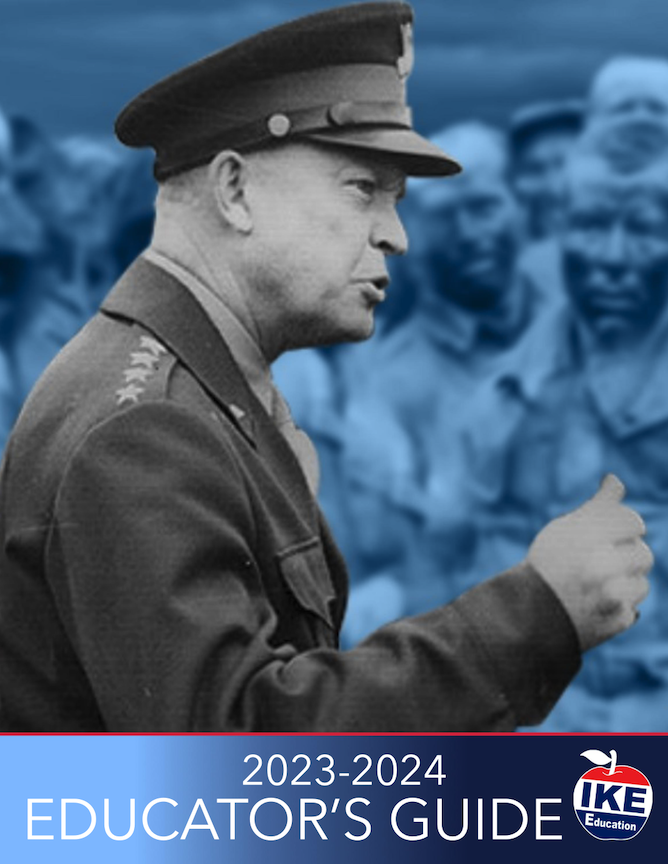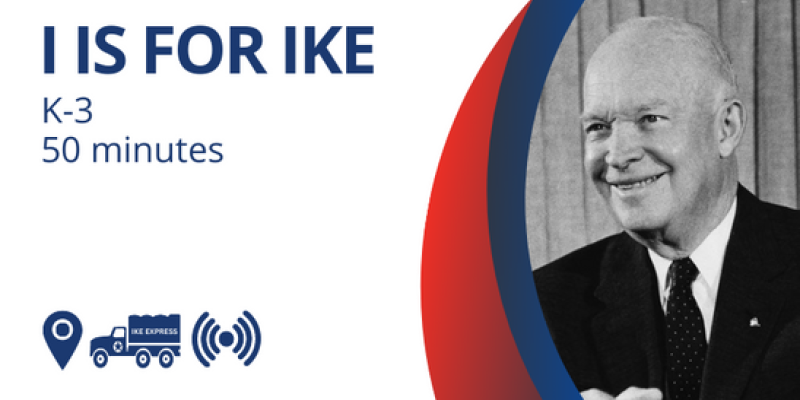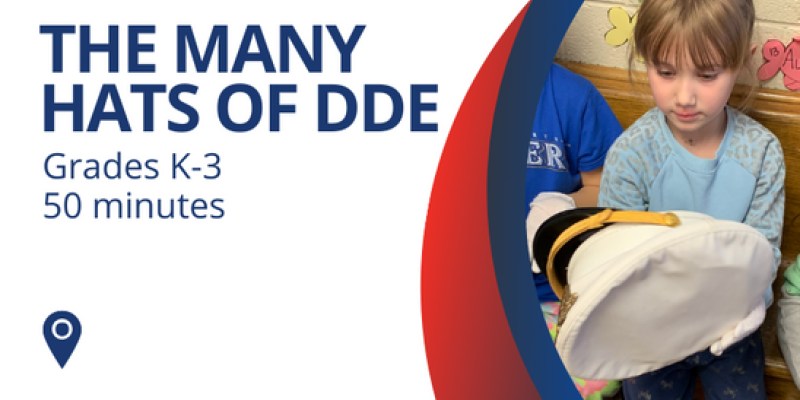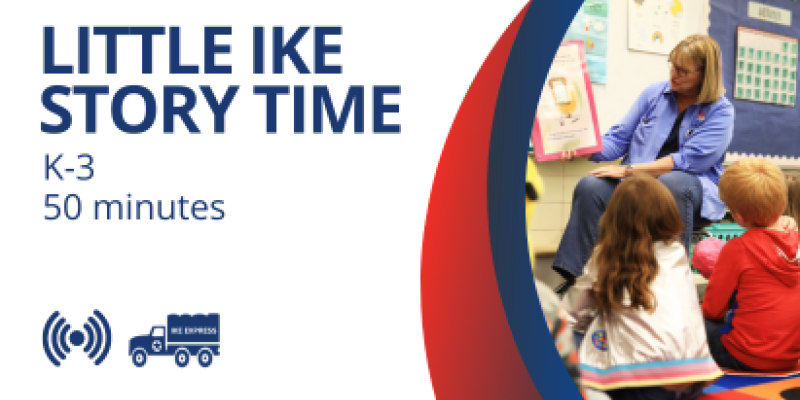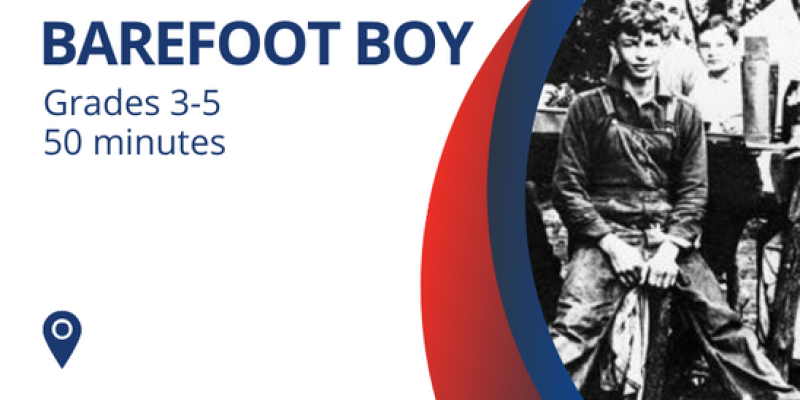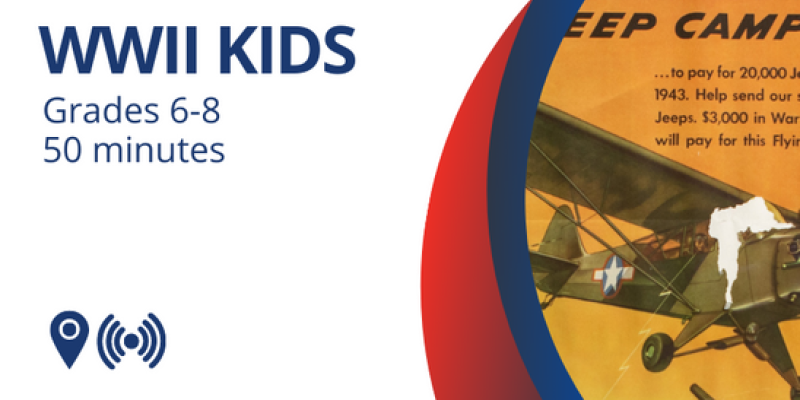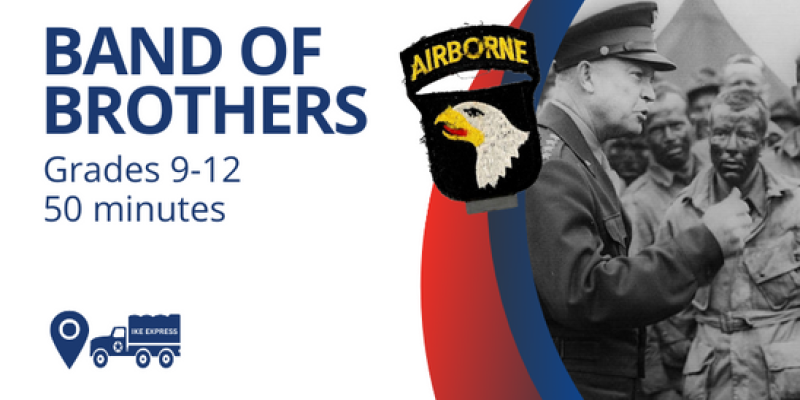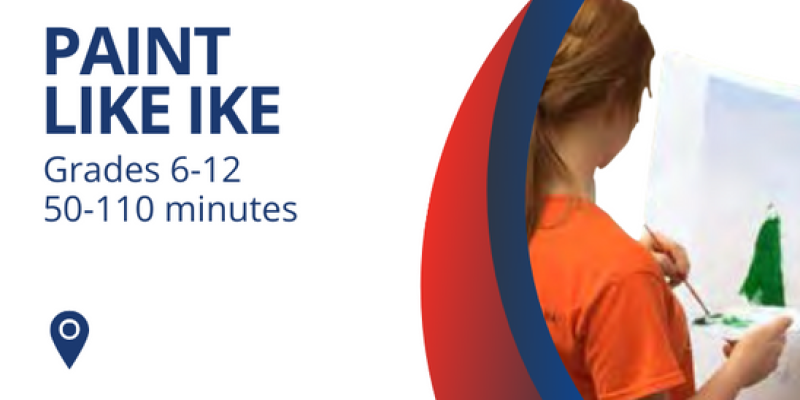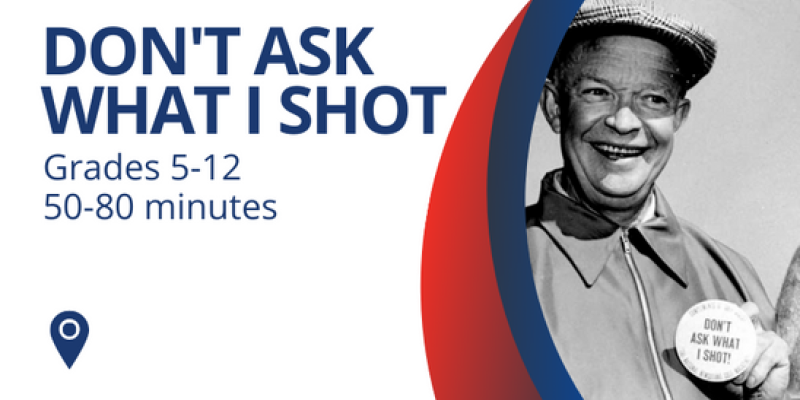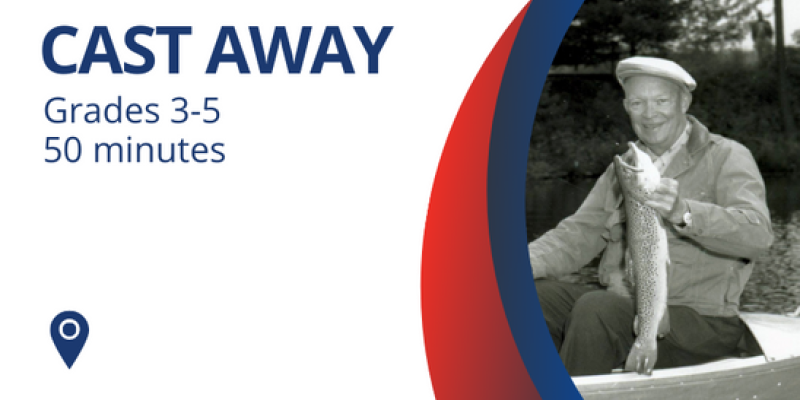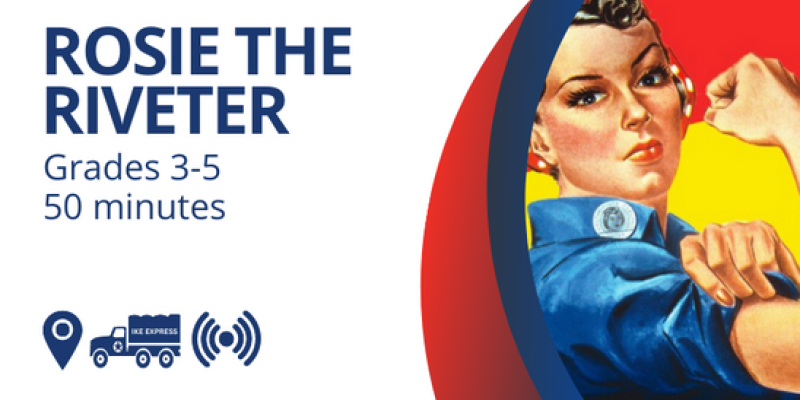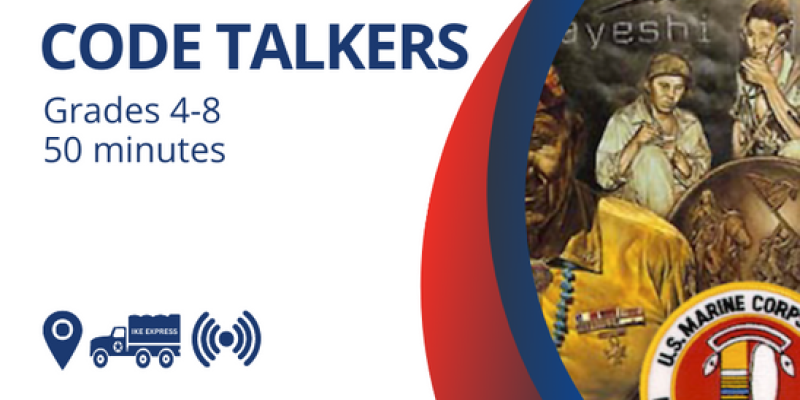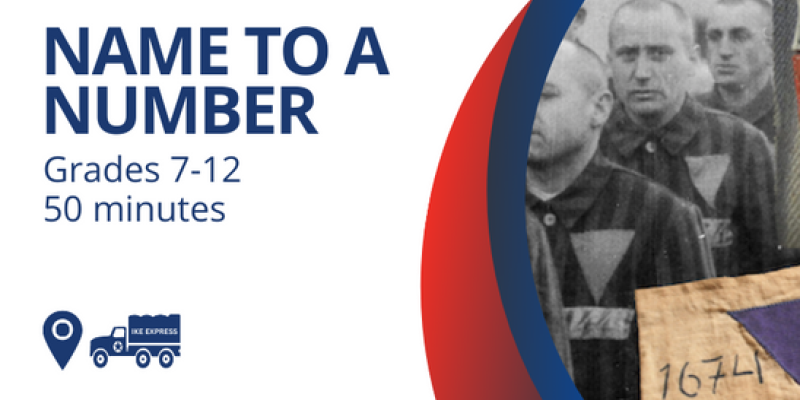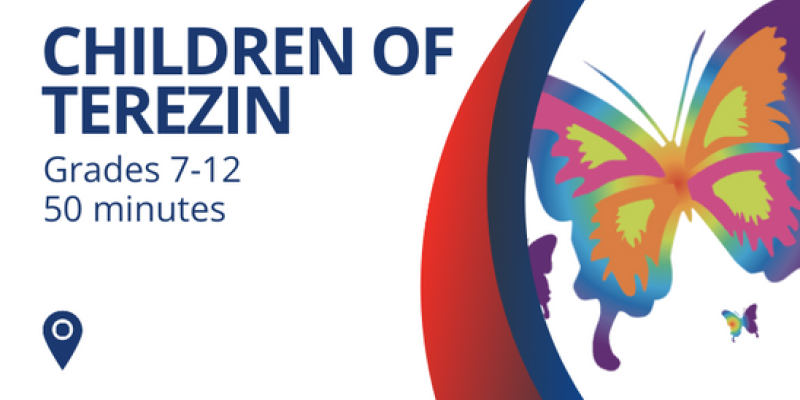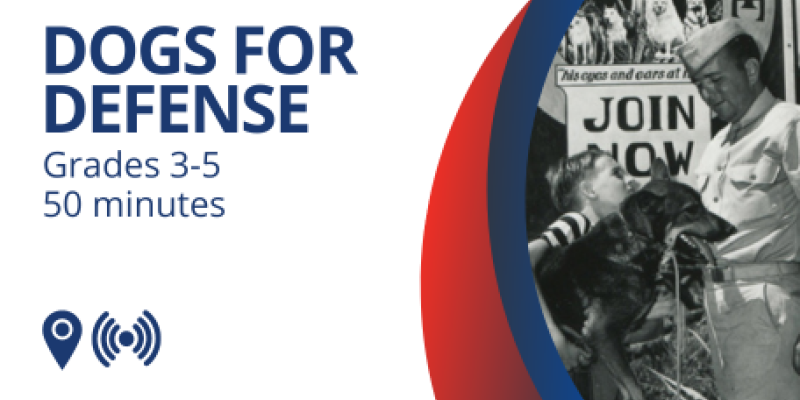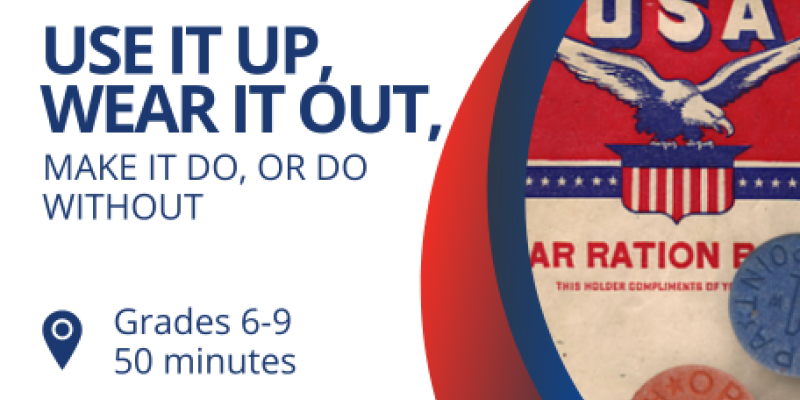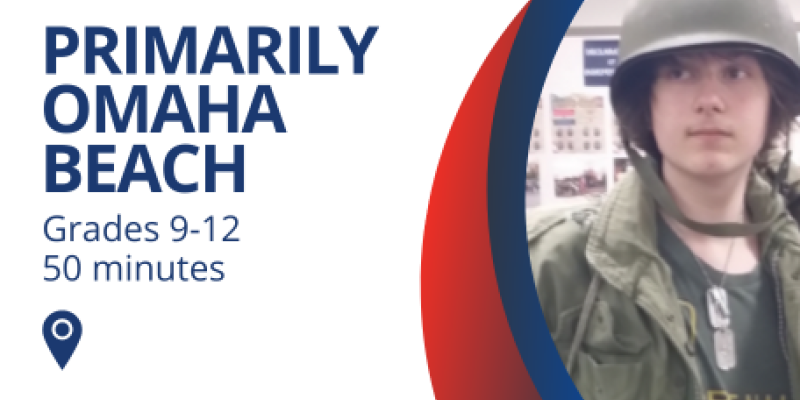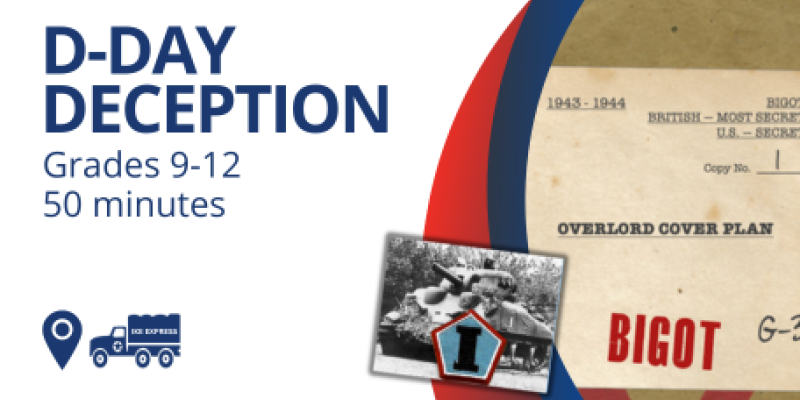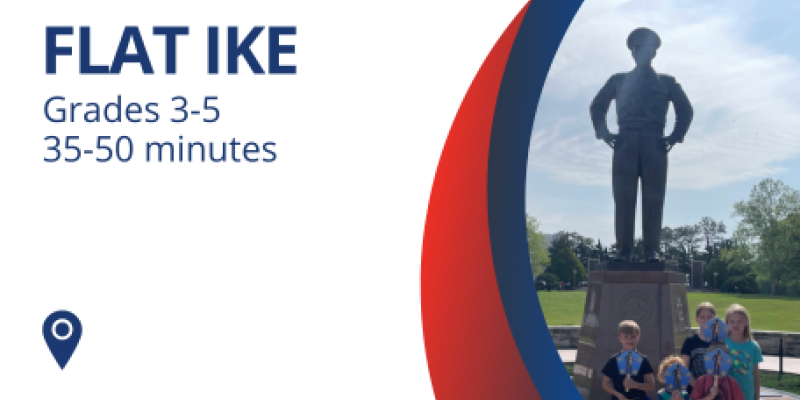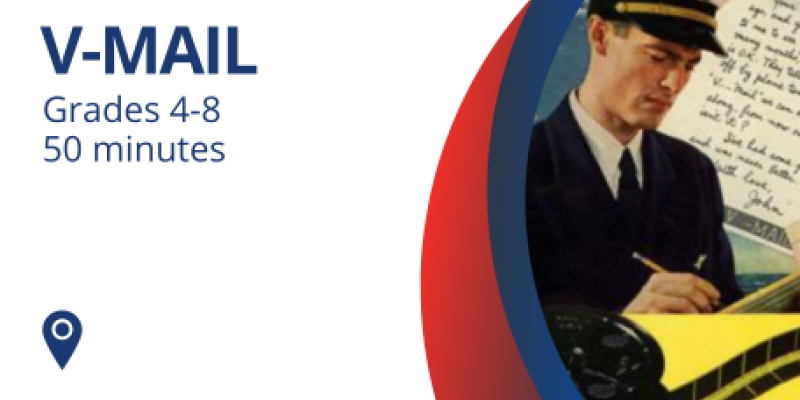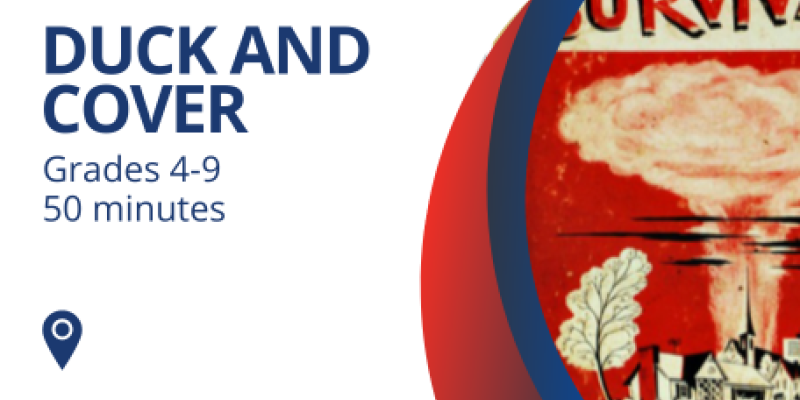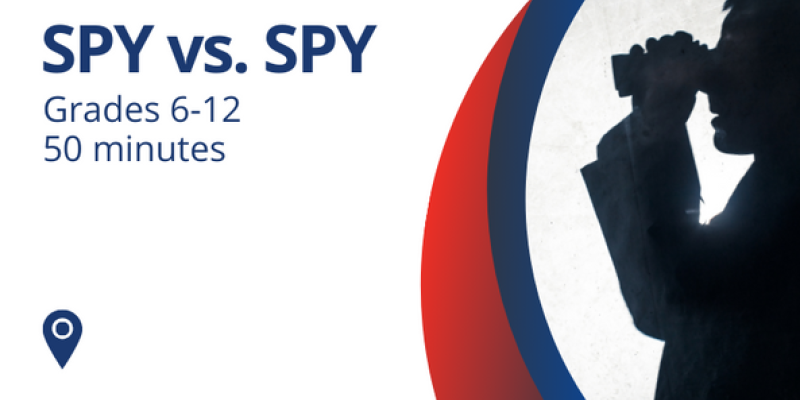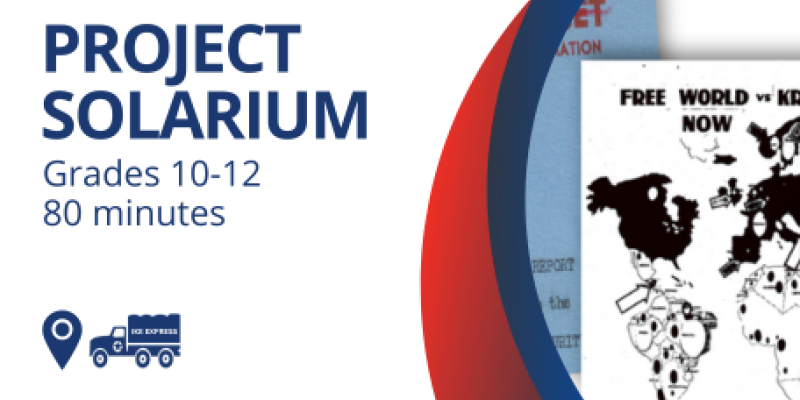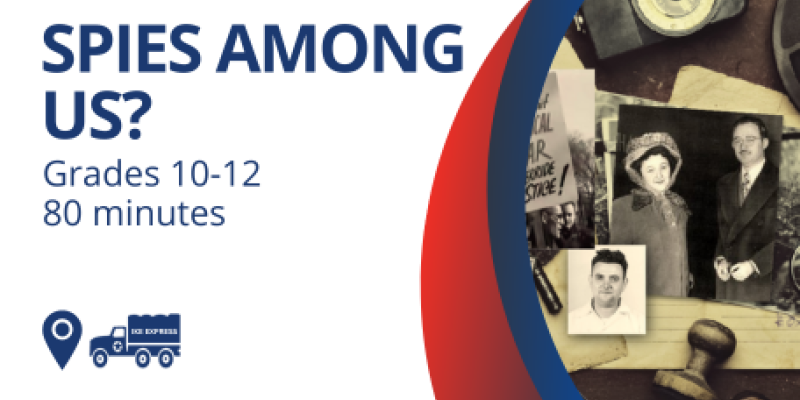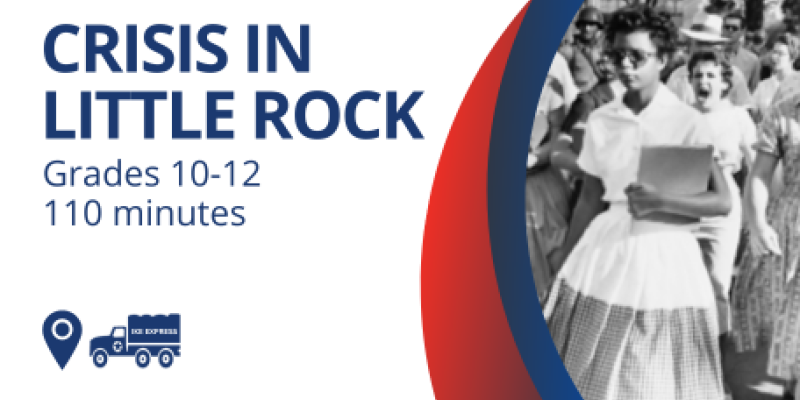
MEET IKE
These programs introduce our youngest historians to artifacts and the life of Dwight D. Eisenhower.
ATTIC ARTIFACTS
Americans kept souvenirs of their childhood, lost loved ones, or their time in the war. Many of these artifacts were stored in boxes or trunks and then tucked away in attics, basements, and garages for decades. This series explores sets of artifact-filled boxes to make historical connections to the past.
IKE'S HOBBIES
Studies have shown that hobbies can make individuals happier and more relaxed. Ike enjoyed several hobbies that helped him balance the enormous stresses of being a world leader.
UNSUNG HEROES
Programs in the “Unsung Survivors” series will examine groups of individuals whose heroism in World War II was often overlooked because of their minority status and stereotypes. They witnessed, endured, and rose above the prejudices targeted at them due to their gender, race, or religion.
WORLD WAR II: At home and at battle
STEM
These programs engage students through innovative educational programs that combine history and STEM topics. Each offers hands-on, cross-curricular learning opportunities through historical and real applications of scientific discoveries and their lasting impact.
PRESIDENTIAL DECISIONS
These programs encourage students take on the role of the President of the United States and make complex decisions based on real situations faced by Dwight D. Eisenhower.
 Eisenhower Foundation
Eisenhower Foundation

